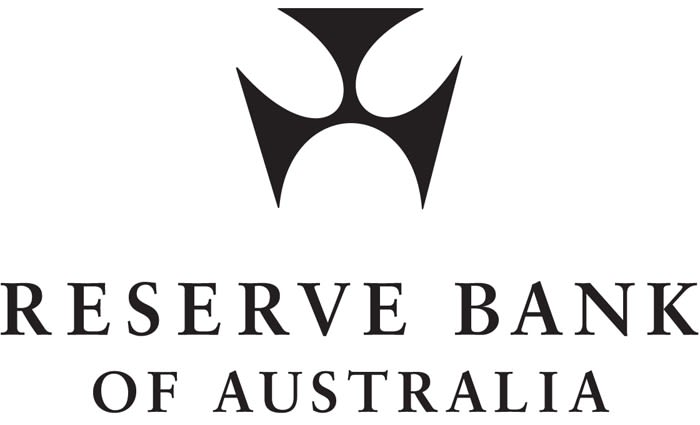The RBA is unlikely to adopt unconventional monetary policy measures: CoreLogic's Elliot Clarke
EXPERT OBSERVATION
A very quiet week for data saw the spotlight again fall on central banks, particularly the RBA and ECB.
This week, there were two speakers from the RBA: first Assistant Governor (Financial Markets) Christopher Kent; then Governor Phillip Lowe. The Assistant Governor's speech was focused on the Committed Liquidity Facility, its role within the economy and recent changes the RBA has made. These remarks have no immediate significance for monetary policy and economic momentum. However, during Q&A, Assistant Governor Kent noted that the RBA was unlikely to adopt unconventional monetary policy measures, while making clear the RBA had considered a number of policies implemented elsewhere from the perspective of what would be most effective in Australia.
Arguably the RBA believe they are unlikely to deliver unconventional easing because they regard the outlook as "reasonable", and also believe they still have scope to support the economy through conventional means. This was highlighted in the Governor's subsequent speech. Governor Lowe was constructive on the outlook, noting that the "foundations of the Australian economy remain strong" and that the "two recent reductions in the cash rate will support demand... [as will] recent tax cuts, higher commodity prices, [and] some stabilisation in the housing market. Further, "if demand growth is not sufficient, the Board is prepared to provide additional support by easing monetary policy further", while "other arms of public policy could also play a role".
Westpac continues to see greater risk to the outlook, believing that activity growth and inflation will disappoint the RBA's expectations. Recent data for the labour market and consumer sentiment have supported our economic view, so too the stickiness of the Australian dollar, which has failed to depreciate in response to the June/ July rate cuts.
As a result, as highlighted by Chief Economist Bill Evans, we believe the case for a third cash rate cut to 0.75% will now be made by October (following two more labour market prints and June quarter GDP), and more importantly that there will be a need for a fourth cut to 0.50% come February 2020. In recent days, markets have quickly gravitated towards our view, pricing roughly an extra 7bps in the IB curve, seeing a third cut in October fully priced and a 0.59% expected cash rate at February 2020 – indicating the likelihood of a fourth cut.
To ensure the effectiveness of the cut to 0.50%, we also see the possibility of the RBA adopting a package of other measures to aid pass-through. Chief Economist Bill Evans has outlined an example of this concept, using the experience of the Bank of England. However, we note that any unconventional easing undertaken by the RBA must suit Australian circumstances. It is important to note that we do not believe this possibility for unconventional easing is in conflict with the remarks of Assistant Governor Kent. This is because we see such a course of action only eventuating after a material economic disappointment, and only to guarantee the effectiveness of conventional monetary policy, i.e the rate cut to 0.5%, not to move market rates lower in their own right. It is also important to emphasise that the rate cut we envisage in February is not conditional on an associated package of other policies being adopted.
For their own reasons, Westpac New Zealand economics have also updated their policy view this week, now seeing a second rate cut from the RBNZ to 1.00%, most likely in November. In short, the New Zealand economy has disappointed of late, and there are concerns over business sentiment and its potential impact on investment and employment. This is in addition to global uncertainties and sector-specific weakness in forestry. Importantly, our New Zealand team continue to believe these cuts will prove effective and will see growth strengthen come 2020.
On the broader global backdrop, this week saw the IMF revise down their global growth view for 2019 and 2020 on weakness in emerging and developing markets. The scale of these revisions was immaterial, but they highlight that momentum continues to deteriorate and that risks remain skewed to the downside. The latest Markit PMI data for Europe and the US also confirmed a further loss of momentum in manufacturing. Euro Zone manufacturing momentum is the worst it has been in seven years, and for the US, nearly ten.
The July ECB meeting largely met expectations through indicating the deposit rate is very likely to be cut at their September 12 meeting and that other stimulus measures are on the table. While the July meeting does not involve updated projections, President Draghi noted the outlook is getting "worse and worse". The Governing Council note data continues "to point to somewhat slower growth in the second and third quarters of this year. This mainly reflects the ongoing weakness in international trade in an environment of prolonged global uncertainties, which are particularly affecting the euro area manufacturing sector."
The detail on other potential stimulus measures is not clear cut, but the Council are clearly making preparations in the context of responding to the medium term inflation outlook disappointing. We continue to believe that a cut will be delivered in September, but now expect a broader stimulus package will also soon be introduced. This is in response to the particularly bad run of data over recent weeks, in particular the ECB Bank Lending survey. The new package is likely to include a tiered deposit rate to mitigate the pressure on banks and see asset purchases of sovereign bonds restarted. Our expectation is for the ECB to introduce a €30bn per month program in December lasting for a year, at this stage.
Ahead next week, for Australia we receive the June quarter CPI report. And in the US, there is the all-important July FOMC meeting, which is expected to result in a 25bp rate cut.
ELLIOT CLARKE is a senior economist at Westpac.
SIMON MURRAY is an economist at Westpac
